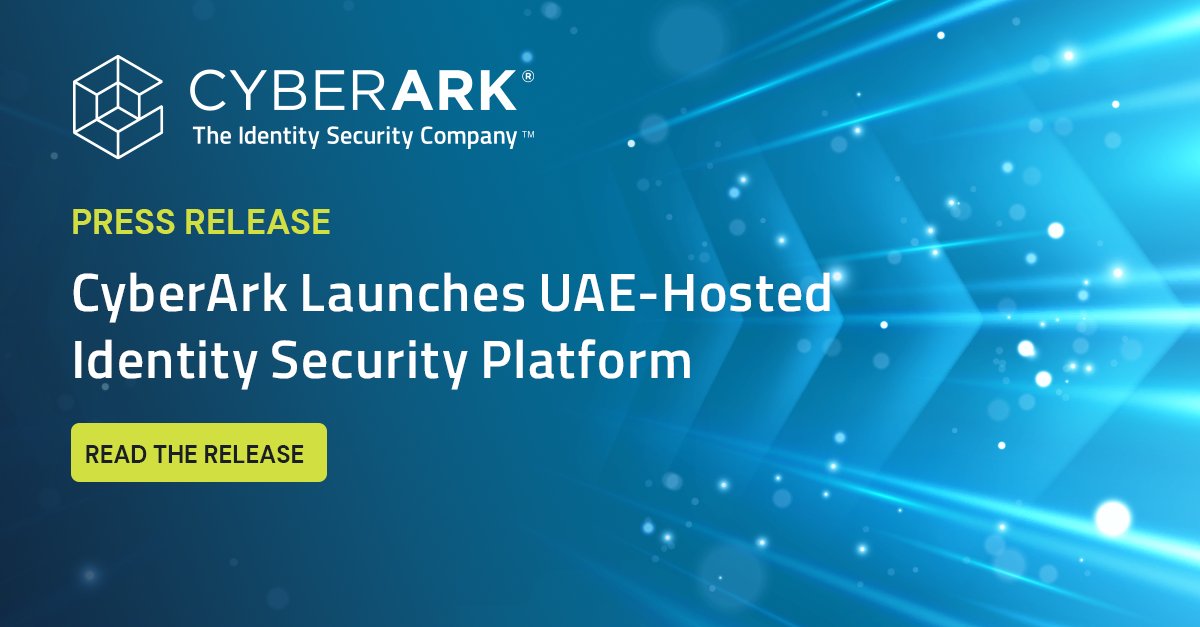30 Free Ways For Choosing A Cybersecurity Company in Dubai
30 Free Ways For Choosing A Cybersecurity Company in Dubai
Blog Article
Top 10 Tips To Evaluate The Range Of Services Of An Cybersecurity Services Company Located In Dubai, Uae
1. Find Core Services OfferedBegin your search by finding out what core services are provided by the business. Common services include threat management, vulnerability assessments (including penetration tests) and incident response risk assessments, and security audits. Understanding their core capabilities can help you determine if your requirements are compatible with theirs.
2. Evaluating Managed Services
Check if the company provides managed security services. MSS providers provide ongoing monitoring and management of systems. This can be vital for organizations without in-house security experts. Assessing their expertise in this field will help determine their capacity to provide continuous support.
3. Examine Compliance and Regulatory Services
Make sure the cybersecurity firm provides services that are in line with local and international regulations. It is possible to get help in compliance with GDPR, PCI DSS and local data protection laws. Companies operating in highly-regulated sectors should have a keen focus on compliance.
4. Review Incident Response Capabilities
Find out about the services offered by the company to assist with incident response. A solid plan for responding to incidents should include detection, containment, elimination, recovery, and lessons from the experience. Knowing how they approach incident response will give insight on their readiness to deal with cybersecurity incidents.
5. Specialized Services
Ask if they can provide specific services that are specifically tailored to certain industries or needs. Cloud security, IoT protection, or specific protections for specific sectors, like healthcare or finance may be included. Specialized Services show that the company is able to address particular challenges.
6. Review Training and Awareness Programs
Check if the company offers education and awareness programs for your staff. Training of employees is vital to reducing mistakes made by humans, which are a major cause of security breach. Training firms can help improve the overall security of your organization.
7. Check for Threat Intelligence Services
Check if the firm offers threat intelligence services. These services inform organizations about the latest threats and vulnerabilities. They also enable proactive security measures. A comprehensive threat intelligence program will help you improve your security strategy.
8. Evaluate Technology Partnerships
Investigate the company's partnerships with technology providers. Collaborations with top cybersecurity companies will expand the service range and allow you to access the most up-to-date tools and solution. An extensive technology ecosystem can provide more robust security measures.
9. Flexibility and Customization
If you're looking for a service provider that can customize their services to meet your specific needs, look at the ability of the company to provide this service. Being aware of the company's ability to tailor solutions is important to address particular risk areas.
Review Service Level Agreements
Also, take a look at the Service Level Agreements (SLAs) that are associated with the services provided. SLAs should be clear about the services offered, the scope of service and time to respond as well as performance metrics. Knowing these agreements will help set standards for service delivery and accountability. View the top Cybersecurity Company in UAE for website tips including information and security, it security logo, information security description, cyber security services near me, cyber security consulting, network security solutions, cyber technologist, best cyber security company, network security management, information security and and more.
Top 10 Tips To Assess The Incident Response Capabilities In A Cybersecurity Services Company
1. Understanding the Incident FrameworkBegin the process by studying the framework of incident response which is employed by your company. A well-defined framework, such as the NIST Cybersecurity Framework or the SANS Incident Response Process, shows that the business follows best practices in the field for handling incidents effectively. Ensure they have a structured method for handling incidents.
2. Evaluate Incident Response Team Expertise
Examine the qualifications in terms of experience, qualifications, and expertise of every member. It is possible to look for certificates such as Certified Incident Handler GCIH or copyright Security Professional copyright. A well-trained team is essential in preventing and managing incidents.
View past Incident Response Case Study examples
You may also ask for case studies or samples from the company of previous incidents they've managed. Examining their responses to real-world scenarios can provide insights into their effectiveness, speed and general approach to managing incidents. You can find out the methods they used to contain and resolve incidents through their detailed reports.
4. Verify the availability of 24/7 Incident Response Accessibility
Check if a company provides 24/7 emergency response. Cybersecurity incidents can occur at any time. With a ready team 24/7, potential threats are dealt with immediately. This minimizes the damage and helps in recovering.
5. Contact Us for Information on Incident System for Detection
Review the tools and techniques that your company employs for incident detection. The right detection tools are vital to identify threats quickly, including Security Information and Event Management System (SIEM) and intrusion detection systems (IDS).
6. Examine Communication Protocols
Investigate the communication protocols the company uses during an incident. Communication is crucial to coordinating response, informing all stakeholders and making sure everyone knows their role during an incident. Understanding how they inform clients throughout the response is important.
7. Review Review Processes for Post-Incident Review
Find out about the company's review procedure following an incident. A thorough analysis of the incident will reveal the lessons learned as well as improvement areas. It is important to look for businesses who implement modifications based on these reviews in order to improve their response efforts.
8. Evaluate Recovery and Remediation Strategies
Knowing the methods the business employs to repair and recover from an incident is essential. Recovery plans must contain the steps taken to restore data and systems as well as ensuring that vulnerabilities are addressed in order for future incidents to be prevented. Find out how the company's approach to re-building or securing systems after an event.
9. Review compliance with regulatory Requirements
Make sure that the business's response to an incident is in line with the relevant regulations. There may be industry-specific obligations for reporting and responding to incidents. A company that is aware of these regulations can help ensure that you are in compliance.
10. Get references and testimonials.
Additionally, get testimonials from current customers who have used the company's incident response services. Customer testimonials are an excellent source of information regarding the efficacy of, the reliability the service, and the overall satisfaction with response during incidents. Read the recommended application penetration testing dubai for website info including information security and, business and cybersecurity, cybersecurity and business, cyber and security, security by design, cyber and security, cyber security services, network security technologies, ai in cybersecurity, ai cybersecurity and more.
Top 10 Suggestions For Evaluating The Security Awareness Training Of The Cybersecurity Service Provider
1. Evaluation of Training Content. Begin your assessment by examining the entire content of the programs for security awareness. Make sure that you cover key issues, including the concept of phishing (social engineering) as well as password security compliance, and data protection. It's important that employees are equipped with the knowledge and skills to respond to any potential threats.
2. Options for customization are readily available
Inquire whether the training can be tailored to meet your specific needs and the culture of your company. Making the training customized to meet the unique challenges and scenario encountered by your employees can increase the relevance and involvement. This leads to better retention.
3. Evaluate Training Delivery Techniques
Examine the various methods of delivery that are used to train. The options include webinars, online courses, as well as interactive simulations. Mixing different formats can accommodate different ways of learning and boost overall efficiency.
4. Interactive Elements
Check to see if there are interactive elements in the training for example, exercises or quizzes. Interactive training can enhance the learning experience and increase engagement and make it easier for employees to apply their knowledge in real-world situations.
5. Check the frequency and frequency of updates
You should inquire about the frequency which the training is conducted and how frequently the material is revised. Regular training sessions and changing the curriculum regularly are essential to ensure that employees are up-to-date with the most recent threats and best practices.
6. Evaluation of Efficacy
The way a company assesses the effectiveness of the training programs they offer is crucial. You can find metrics like pre- and post-training evaluations, participants' feedback and trends in incident reporting. Assessing the program's impact can help determine its value and areas to improve.
7. Verify that the certification is valid and in compliance
Check if the program offers certificates upon successful completion. Certifications are a great way to boost employee credibility and show that they've acquired the skills needed. In addition, make sure the training is in line with any applicable regulatory compliance requirements your company may be required to meet.
8. Search for testimonials and references.
Find feedback by contacting the organizations that have used the service. Testimonials may provide valuable insight on the effectiveness and reception of the course. Positive feedback suggests a track record of providing effective awareness training.
9. Review Post-Training Assistance
After training, inquire about any support you will receive. Continued resources such as refresher classes, newsletters or access to knowledge bases could enhance the training.
10. Evaluation of Engagement and Culture Building
In the end, consider the way in which your training program helps to build the culture of security within your business. Look for programs that promote awareness of security concerns, such as workshops, newsletters or contests. A solid security culture motivates all employees to play a responsibility in protecting your business. Follow the most popular iconnect for site advice including managed security services provider, security in data, security solution, cyber security risks, cybersec consulting, best cybersecurity firms, basic cyber security, managed security, cyber security information, cyber security company and more.